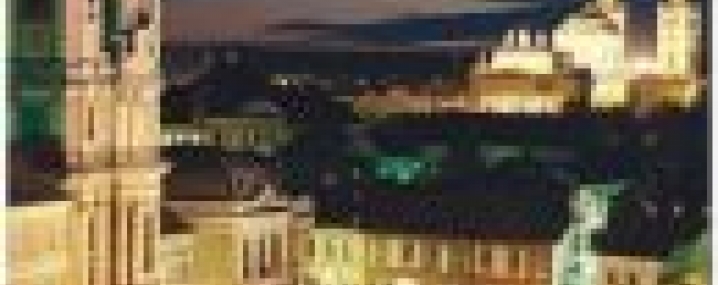Eger
The city of Eger, with a population of some 60,000 inhabitants, is located in northern Hungary, close to the Bükk Mountains, 90 minutes’ drive from Budapest. It was built around a cathedral founded in the 11th century by Hungary’s first king, St Stephen. Since it repelled a siege by Turkish forces in 1522, Eger has been a symbol of patriotic heroism in Hungary. Yet the Turks later conquered it and ruled it for nearly a century, converting its churches into mosques and public baths. During World War II the city suffered under the retreating German Army and the arrival of the Soviet army, but it managed to escape major bombardment. In the post-war period industry came to the city, which changed its character and reduced its status as a cultural centre.
Today Eger is the capital of Heves County and plays an important regional role as a service centre in northern Hungary. Tourism is a key part of the city’s economy. It is one of the most beautiful cities in Hungary, surrounded by stunning natural scenery. Eger has preserved its Baroque city centre and the medieval castle made famous by the siege. The city is second only to Budapest in its number of protected buildings. These, including a 42-metre minaret from its Turkish era and thermal baths, make it one of the most visited Hungarian cities. It is also a renowned wine region, famous for its Bull’s Blood wine. It remains an important religious centre thanks to its cathedral.
The city authorities are renovating the city’s historic centre, creating a new public space on the banks of the Eger river and turning the central Dobó Square into a pedestrian and tourism zone.

